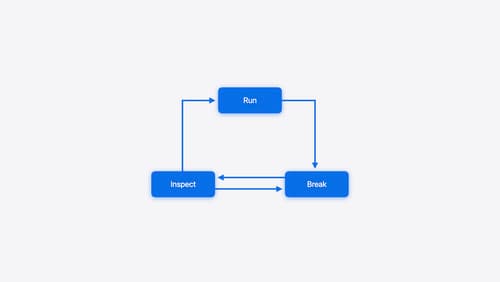what is escaping closure
Asked on 2024-08-01
1 search
An escaping closure in Swift is a closure that is allowed to outlive the function it was passed to. This means that the closure can be stored and executed later, even after the function has returned.
When a closure is marked as escaping, the context object that captures the variables must be heap allocated and managed with retains and releases. This is because the closure might be used after the function call completes, so the context needs to persist beyond the function's scope. The context essentially behaves like an instance of an anonymous Swift class.
In contrast, non-escaping closures are guaranteed to be used only within the duration of the function call, allowing their context to be stack allocated, which is more efficient.
For more details, you can refer to the session Explore Swift performance at WWDC 2024.

Migrate your app to Swift 6
Experience Swift 6 migration in action as we update an existing sample app. Learn how to migrate incrementally, module by module, and how the compiler helps you identify code that’s at risk of data races. Discover different techniques for ensuring clear isolation boundaries and eliminating concurrent access to shared mutable state.

Run, Break, Inspect: Explore effective debugging in LLDB
Learn how to use LLDB to explore and debug codebases. We’ll show you how to make the most of crashlogs and backtraces, and how to supercharge breakpoints with actions and complex stop conditions. We’ll also explore how the “p” command and the latest features in Swift 6 can enhance your debugging experience.

Analyze heap memory
Dive into the basis for your app’s dynamic memory: the heap! Explore how to use Instruments and Xcode to measure, analyze, and fix common heap issues. We’ll also cover some techniques and best practices for diagnosing transient growth, persistent growth, and leaks in your app.
